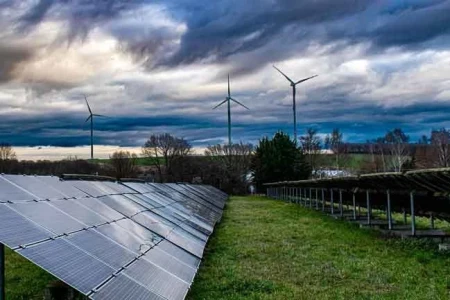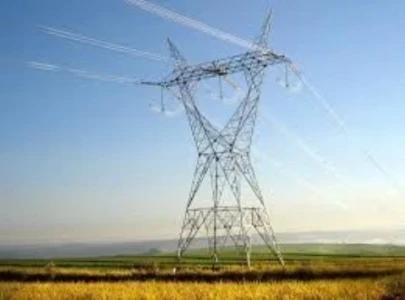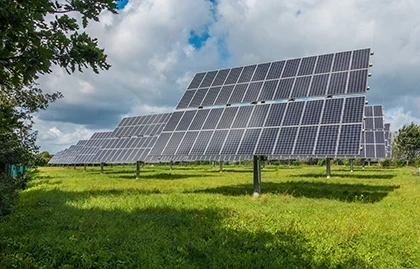Climate Change Threatens Canadian Wildlife and Winter Habitats

As climate change accelerates, its effects on wildlife across the globe are becoming increasingly evident. In Canada, one of the countries most affected by warming temperatures, the changing climate is threatening biodiversity, disrupting ecosystems, and impacting species that rely on harsh winters for survival. A recent report highlights how these changes are not only reshaping Canada’s landscapes but also undermining the delicate balance of life that many animals depend on to thrive.
The Importance of Winter for Canadian Wildlife
Canada is home to diverse ecosystems, from Arctic tundras to temperate forests, all of which are critical habitats for a wide range of species. The country’s cold winters have long played a central role in the survival of many animals. For species adapted to these cold environments—such as the iconic caribou, the elusive snowshoe hare, and the resilient polar bear—winter provides essential conditions for breeding, foraging, and migration. However, as global temperatures rise, the timing and intensity of winter are changing, leading to significant challenges for wildlife.
One of the most alarming effects of climate change is the warming of winter temperatures. In northern regions, winters that once lasted for months are becoming shorter, and snowfall is becoming less reliable. For species that depend on a deep, persistent snowpack to survive, these shifts can be devastating. In particular, the loss of snow cover affects the ability of animals like the caribou to find food. Snow provides a natural insulator, protecting the lichens they graze on from the cold. Without sufficient snow, the food supply becomes scarce, forcing these animals to travel further and expend more energy, weakening their ability to survive.
Shifting Habitats and Migration Patterns
Climate change is also altering the availability and quality of habitats for many wildlife species in Canada. Warmer temperatures are pushing species northward or higher in elevation, where the climate more closely resembles their original habitats. For example, species traditionally found in southern regions of Canada are moving toward the Arctic, where they are competing for resources with species that are already established there. This shift is straining ecosystems that rely on specific species distributions and interactions.
Migratory patterns are also being disrupted by changing temperatures. Birds that traditionally migrate south in the fall may delay their departure or face challenges in finding suitable conditions along the way. Some species are even showing signs of altering their migration routes. The effects of these changes are particularly evident for birds that rely on specific habitats for breeding or feeding during migration.
One of the most striking examples of disrupted migration is the case of the Canadian wood frog. Historically, these frogs have been able to survive the winter by entering a state of hibernation in the ground beneath the frost line. However, warmer temperatures are causing the frost line to move deeper, which could lead to the frogs being exposed to freezing temperatures and mortality. Without a reliable winter habitat, many species like these frogs may face extinction in the coming decades.
Impact on Ice and Snow Dependent Species
Beyond temperature, the loss of ice is another significant consequence of climate change that is affecting Canada’s wildlife. Species such as the polar bear, which relies on sea ice to hunt seals, are facing a loss of their primary hunting grounds. As sea ice melts earlier in the year and forms later, polar bears are forced to travel longer distances in search of food, leading to malnutrition and reduced reproductive success. The warming climate is also increasing the frequency and intensity of storms, which can further disrupt polar bear behavior and reproductive cycles.
Similarly, snowshoe hares, which rely on the color-changing ability of their fur to camouflage in snowy environments, are struggling to keep up with the changing seasons. Warmer winters are causing the snow to melt prematurely, leaving hares exposed and vulnerable to predators. The mismatch between the hare’s fur and the environment has led to higher mortality rates, threatening the species' long-term survival.
The Road Ahead for Conservation Efforts
As Canada’s wildlife faces mounting challenges from climate change, conservation efforts are becoming more urgent. Many organizations and researchers are working to understand and mitigate the impacts of warming temperatures on ecosystems. This includes studying species migration patterns, developing climate models to predict future changes, and promoting habitat restoration projects.
One key area of focus is the restoration of natural habitats. Protecting existing wilderness areas and creating new wildlife corridors will be critical to helping species adapt to the changing climate. These corridors can allow animals to move to more favorable environments as conditions change, reducing the risk of isolation and helping maintain genetic diversity.
Additionally, governments and policymakers are under increasing pressure to take action on climate change. Efforts to reduce greenhouse gas emissions and limit global warming are essential to slowing the pace of environmental disruption. For Canada, this means prioritizing climate policies that not only address carbon emissions but also safeguard the country’s unique biodiversity.
The changing climate is forcing Canada’s wildlife to adapt in ways that may be unsustainable for many species. Winter, once a constant and predictable force, is becoming increasingly unreliable, and the cascading effects of this shift are rippling throughout ecosystems. Without urgent action to address climate change and protect critical habitats, many of Canada’s iconic species could face unprecedented challenges in the years ahead. As the country grapples with these changes, the need for comprehensive conservation strategies has never been more critical to ensure a future where both wildlife and humans can thrive in a rapidly changing world.









